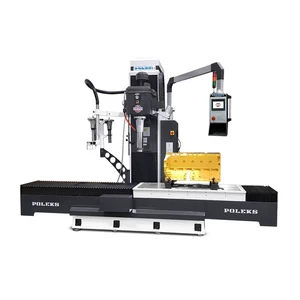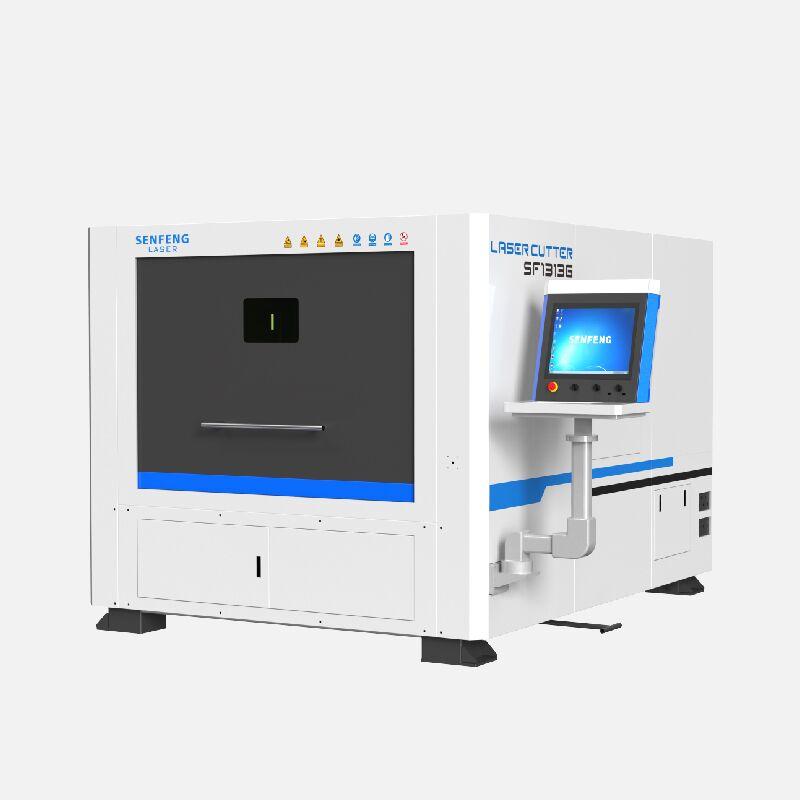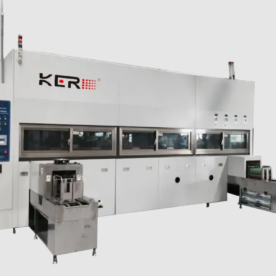- Home
- /
- About company
- /
- News
- /
- How to machine a engine block
How to machine a engine block
How to Machine an Engine Block: A Comprehensive Guide
Introduction
Machining an engine block is a crucial step in the engine building process. It involves precision machining techniques to ensure the block’s surfaces are flat, smooth, and within specified tolerances. In this article, we will explore the steps involved in machining an engine block and discuss the machine used for boring engine blocks.
How to Machine an Engine Block
Machining an engine block requires specialized equipment and expertise. Here is a general overview of the process:
Cleaning and Inspection: Start by thoroughly cleaning the engine block to remove any dirt, oil, or debris. Inspect the block for any cracks, damage, or excessive wear. It is essential to address any issues before proceeding with the machining process.
Boring the Cylinders: The first step in machining an engine block is to bore the cylinders. This process involves removing a small amount of material from the cylinder walls to ensure they are perfectly round and within the desired diameter. A specialized machine known as a cylinder boring machine is used for this task. The machine uses cutting tools to remove material evenly from the cylinder walls, creating a precise bore.
Honing the Cylinders: After the boring process, the cylinders are honed to achieve the desired surface finish. Honing involves using a honing machine with abrasive stones to create a crosshatch pattern on the cylinder walls. This pattern helps with oil retention and promotes proper piston ring seating.
Deck Surfacing: The deck surfaces of the engine block, where the cylinder heads attach, need to be machined for a flat and smooth finish. This ensures proper sealing between the block and the cylinder heads. A milling machine or a specialized block surfacing machine is used to mill the deck surfaces.
Align Honing or Align Boring: If necessary, the main bearing bores of the engine block may require alignment. This process, known as align honing or align boring, ensures proper alignment and clearance for the crankshaft. Specialized machines are used to perform this operation accurately.
Other Machining Operations: Depending on the specific requirements and condition of the engine block, additional machining operations may be performed. These can include line boring the camshaft bores, lifter bore machining, or other custom machining as needed.
What Machine Bores Engine Blocks?
The machine used to bore engine blocks is called a cylinder boring machine. This machine is specifically designed to bore precise and evenly sized cylinders in the engine block. It uses cutting tools, such as boring bars or boring heads, to remove material from the cylinder walls. The cylinder boring machine ensures that the cylinders are accurately sized, round, and within the specified tolerances.
Additionally, a block surfacing machine is used to mill the deck surfaces of the engine block. This machine ensures the deck surfaces are flat and smooth, providing a proper sealing surface for the cylinder heads.
FAQ
Can you machine a complete engine block?
Yes, it is possible to machine a complete engine block. Machining operations such as cylinder boring, honing, deck surfacing, and align honing can be performed on the entire engine block to ensure optimal performance and reliability.
How are engine blocks machined?
Engine blocks are machined using specialized equipment and techniques. The process involves cleaning and inspecting the block, boring and honing the cylinders, surfacing the deck, and align honing or align boring the main bearing bores, among other operations. Each machining step is crucial in achieving precise tolerances and surface finishes.
What machine is needed for boring engine blocks?
For boring engine blocks, a cylinder boring machine is needed. This machine uses cutting tools to remove material from the cylinder walls and create precise bores. Additionally, a block surfacing machine is used to mill the deck surfaces of the engine block.
Conclusion
Machining an engine block is a complex process that requires specialized equipment and expertise. By following the proper steps and using the right machines, you can ensure that the engine block is machined to precise specifications, resulting in optimal engine performance. Whether it’s boring the cylinders, surfacing the deck, or aligning the main bearing bores, each machining operation plays a crucial role in the overall quality of the engine block.






 Copy the link
Copy the link


